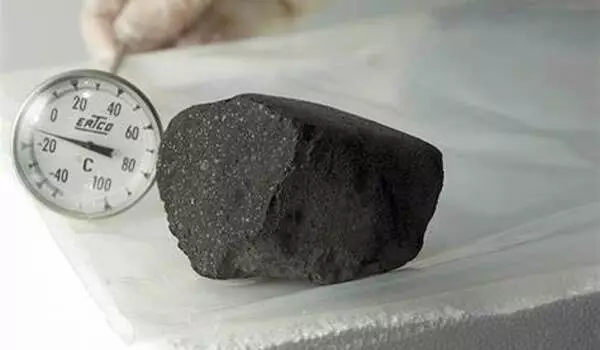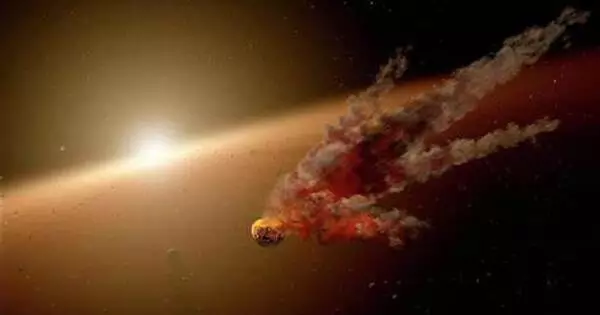Asteroids are rocky objects that orbit the Sun and are mostly found between Mars and Jupiter in the asteroid belt. These objects, which are remnants of the early solar system, are made up of a variety of materials, including organic compounds. Organic compounds are molecules made up of carbon atoms bonded to hydrogen that serve as the foundation for life as we know it.
Analyses of organic compounds known as polycyclic aromatic hydrocarbons (PAHs) extracted from the Ryugu asteroid and the Murchison meteorite revealed that certain PAHs formed in cold areas of space between stars rather than hot regions near stars, as previously thought. The findings open up new avenues for research into life beyond Earth and the chemistry of space objects.
Scientists from Curtin’s WA-Organic and Isotope Geochemistry Centre (WA-OIGC) conducted controlled burns of plants to produce PAHs as the only Australian members of an international research team.
This research gives us valuable insights into how organic compounds form beyond Earth and where they come from in space. The use of high-tech methods and creative experiments has shown that select PAHs on asteroids can be formed in cold space.
Dr. Holman
John Curtin Distinguished Fellow, ARC PAHs are organic compounds made up of carbon and hydrogen that are common on Earth but also found in celestial bodies such as asteroids and meteorites, according to Professor Kliti Grice, director of WA-OIGC.
“We performed controlled burn experiments on Australian plants, which were isotopically compared to PAHs from fragments of the Ryugu asteroid that were returned to Earth by a Japanese spacecraft in 2020, and the Murchison meteorite that landed in Australia in 1969. The bonds between light and heavy carbon isotopes in the PAHs were analyzed to reveal the temperature at which they were formed,” Professor Grice said.

“Select PAHs from Ryugu and Murchison were found to have different characteristics: the smaller ones likely in cold outer space, while bigger ones probably formed in warmer environments, like near a star or inside a celestial body.”
Understanding the isotopic composition of PAHs, according to study co-author Dr Alex Holman of WA-OIGC, helps unravel the conditions and environments in which these molecules were created, providing insights into the history and chemistry of celestial bodies such as asteroids and meteorites.
“This research gives us valuable insights into how organic compounds form beyond Earth and where they come from in space,” said Dr. Holman. “The use of high-tech methods and creative experiments has shown that select PAHs on asteroids can be formed in cold space.”





